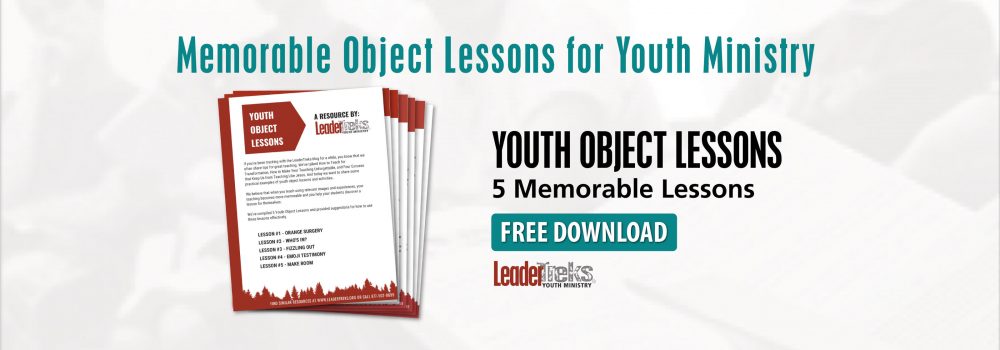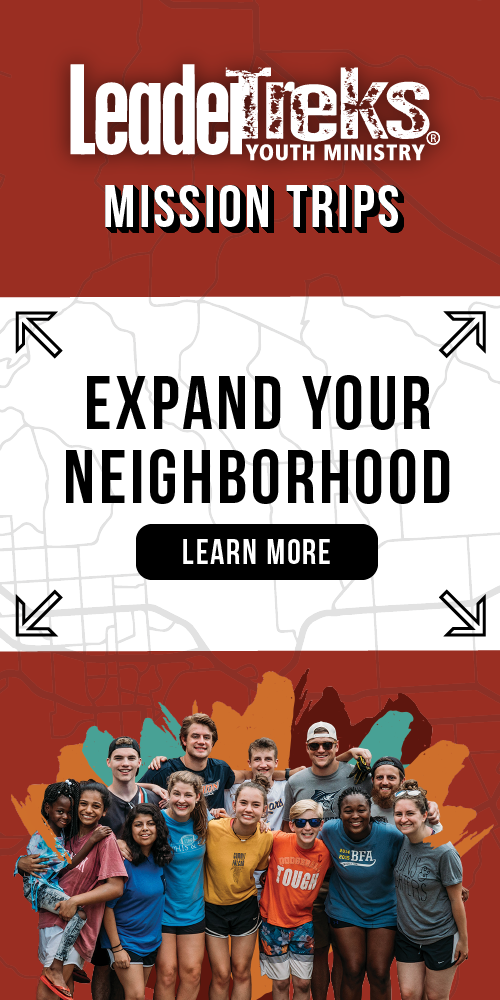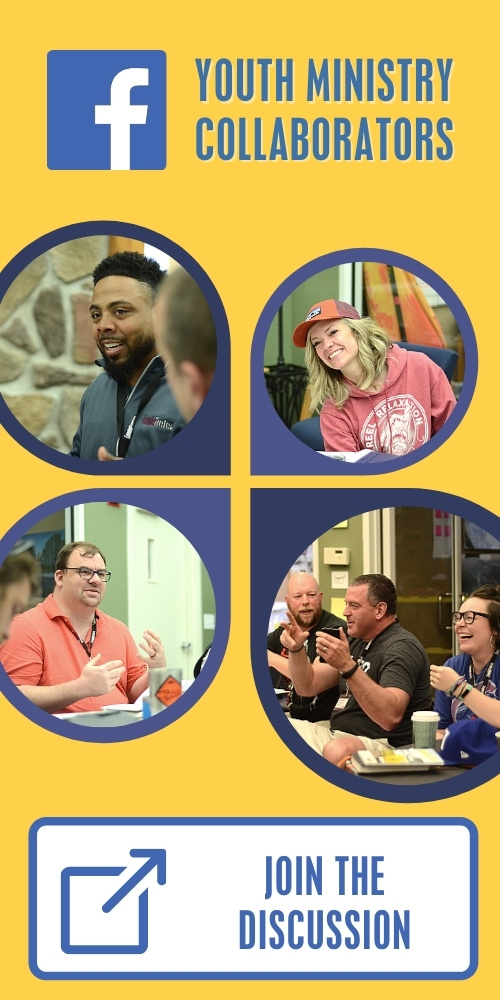Why Students Don’t Get Much Out of Large Group Talks
It’s teaching time again. You step up in front of the students, grab the microphone, and clear your throat. You feel especially good about this lesson because the topic could be life changing for the students who really listen. Yesterday you worked harder than normal to find amazing illustrations, and you decided to tell a heart-breaking story from your own life to bring things home.
But as you find your groove and get into the meat of your lesson, you notice a familiar blue glow on most of your students’ faces. So you stop mid-lesson and say, “Could you please stop texting and put your phones away?” Most of the phones click off, and you start talking again. Other than a few coughs and yawns in the audience, you feel good about the next few minutes as you get to the most important part of the lesson.
But then you make a huge mistake—you say, “Good intentions aren’t enough; all that matters is what you do do.” One of the high school guys starts snickering, and others follow. You hear students whispering doo doo, and you realize you’ve lost them all to accidental bathroom humor.
So you say, “Just stick with me for five more minutes, and we’ll be done.” You’re no longer worried about changing lives; you only care about getting to the end of your talk.
Sound familiar?
Instead of asking what will work best for our students and innovating to fit their needs, we copy and paste this ineffective technique from the adult ministers in our church
Most youth ministries still use a one-size-fits-all type of teaching. The youth worker stands before students and delivers a talk, hoping the message will transform students’ behaviors, attitudes, and lives. Instead of asking what will work best for our students and innovating to fit their needs, we copy and paste this ineffective technique from the adult ministers in our church.
We do the same thing every week and get the same, sad results: bored, unaffected students. We look down on older people who can’t let go of their sacred cows, but if we check our own eyes for wood planks we’ll find that we have sacred cows of our own.
Most of us know that this type of lecture-style teaching doesn’t work—at least not on its own. But we lack the creativity and training to do anything more.
We have to move from one-size-fits-all teaching to experiential learning. No longer is our training about the teacher; it’s now about the learner.
We have to move from one-size-fits-all teaching to experiential learning. Let’s break that down. No longer is our training about the teacher; it’s now about the learner. We all love the feeling of being onstage in front of a crowd of eager listeners (although they’re probably less eager than you think). But who is your teaching actually about, you or your students? Instead of teaching from afar, start focusing on up-close-and-personal student learning.
Experiential learning is hard work. It takes more time to prepare, no question. Teachers must create inspiring initiatives, creative labs, and problems students can solve. We have to give space, time, and grace to students as they mess up and try again. Small group leaders must transform into facilitators because students won’t naturally draw applications from these experiences. They need facilitators who can debrief experiences.
At LeaderTreks, we know how hard this type of teaching can be. We put an experiential learning component into most of our lessons. We don’t just suggest random activities or fun games that entertain but have nothing to do with the lesson. We create each of our experiences to reinforce the basics of the lesson and stick with students long after they’ve left for home. Why do we do this when others don’t? Because it’s what takes a lesson from good to great. We work collaboratively to create experiences that we’ve tried ourselves, and we focus on writing great follow-up questions to help the learning go deeper.
When we do the hard work of creating learning experiences instead of talking at students from afar, students will actually learn. Your teaching will transform and stick.
If experiential learning sounds impossible right now, don’t try to do it on your own. Start by looking through our free object lessons. Get some ideas, and then give it a try. You’d be amazed at the difference it can make.

About the Author
Doug Franklin
Doug Franklin is the president of LeaderTreks, an innovative leadership development organization focusing on students and youth workers. Doug and his wife, Angie, live in West Chicago, Illinois. They don’t have any kids, but they have 2 dogs that think they are children. Diesel and Penelope are Weimaraners who never leave their side. Doug grew up in… Read More




